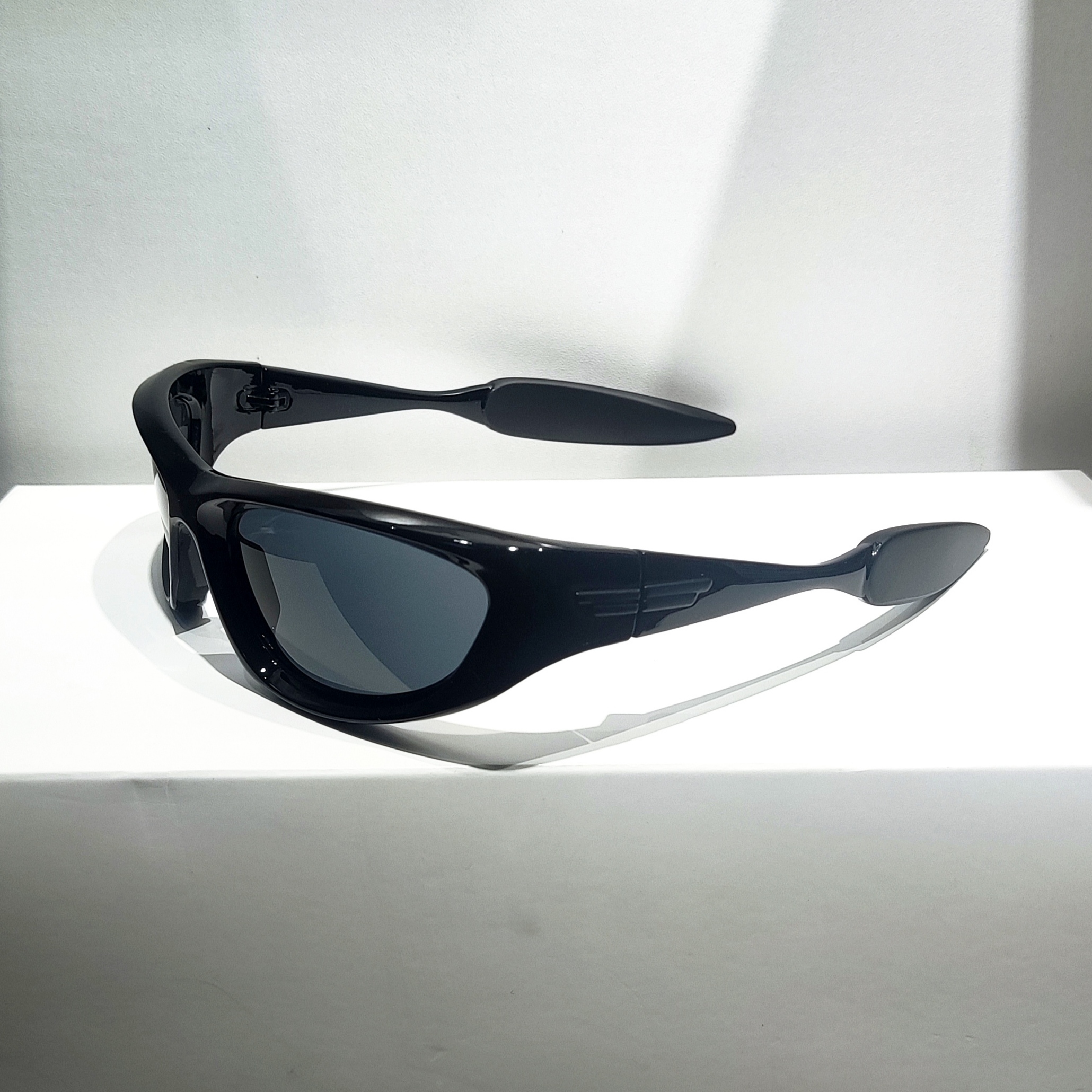The difference between PC (polycarbonate) frames and acetate frames primarily lies in the materials, their properties, and how they affect the look, feel, and durability of eyeglasses. Here’s a breakdown of the key differences:
1. Material Composition
PC Frames:
Made from a thermoplastic polymer, pc is a lightweight, impact-resistant plastic.
It’s often used in safety glasses, sports eyewear, and children’s eyewear because of its toughness and resistance to breakage.
Acetate Frames:
Acetate is a plant-based plastic made from renewable resources like cotton and wood pulp. It’s a high-quality plastic known for its durability, flexibility, and aesthetic appeal.
Acetate is considered more eco-friendly compared to many petroleum-based plastics.
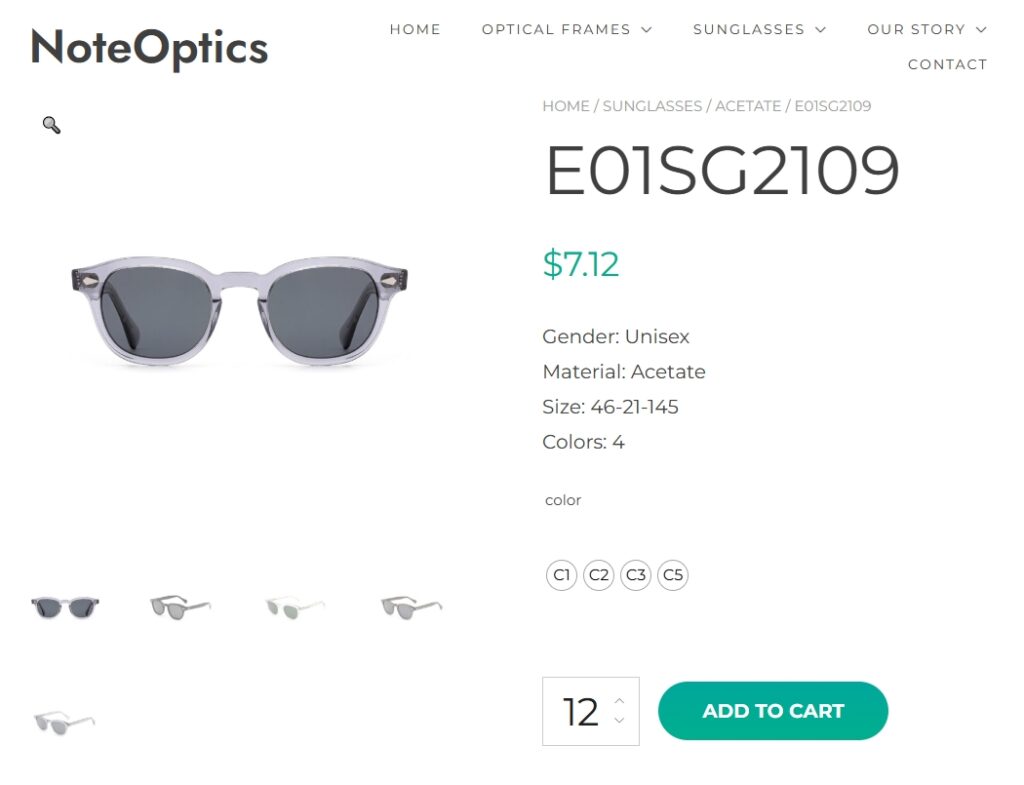
2. Weight and Comfort
PC Frames:
Extremely lightweight, making them comfortable for all-day wear.
This material is often preferred for active lifestyles or sports because it’s both light and strong.
Acetate Frames:
Generally a bit heavier than pc but still lightweight enough for daily wear.
Acetate frames are often more comfortable because they can be easily adjusted to fit the face, providing a customized feel.
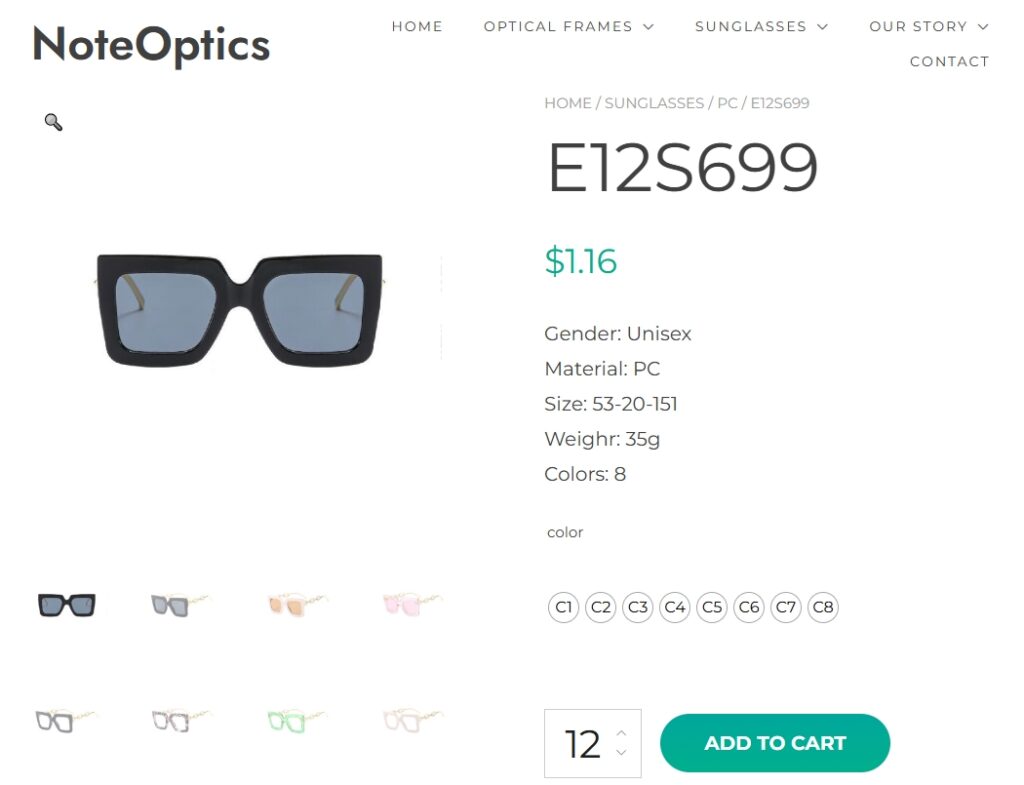
3. Durability and Strength
PC Frames:
Highly impact-resistant, which makes them ideal for active use or for children. They are less likely to crack or break if dropped or subjected to force.
However, pc can be prone to scratching if not treated with a protective coating.
Acetate Frames:
Strong and durable, but not as impact-resistant as pc. They can withstand regular use and offer longevity if well cared for.
Acetate is less likely to scratch compared to pc and can be polished to restore its appearance if minor scratches occur.
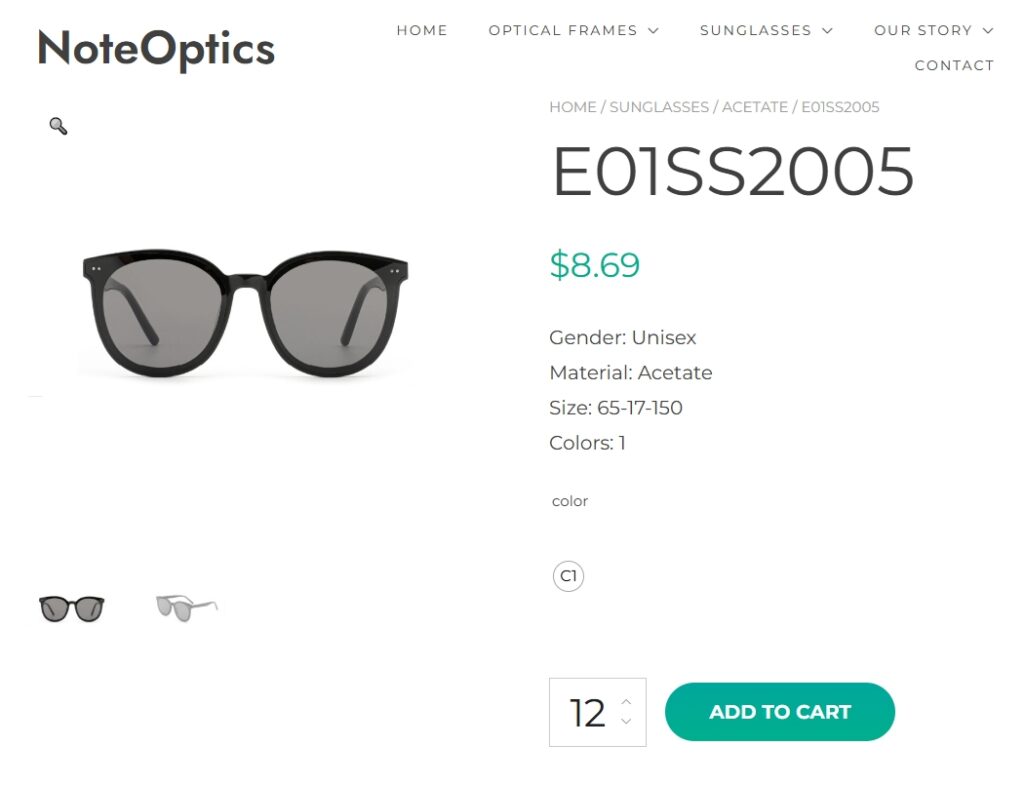
4. Appearance and Aesthetics
PC Frames:
Often come in a variety of colors, but their aesthetic options are usually more limited compared to acetate.
PC frames tend to have a sleek, glossy finish, but they can look more “plastic” and less luxurious.
Acetate Frames:
Known for vibrant colors, textures, and patterns. Acetate allows for rich, layered designs that can mimic wood grain, tortoiseshell, or other unique looks.
Acetate has a more refined and high-end appearance, which makes it a popular choice for fashion-forward or luxury eyewear.

5. Flexibility and Adjustability
PC Frames:
Less flexible compared to acetate and can be difficult to adjust. Once bent or broken, pc frames are hard to fix.
Acetate Frames:
Highly flexible and can be adjusted for a more personalized fit. Opticians can easily heat acetate frames to reshape them as needed, which improves comfort and fit.
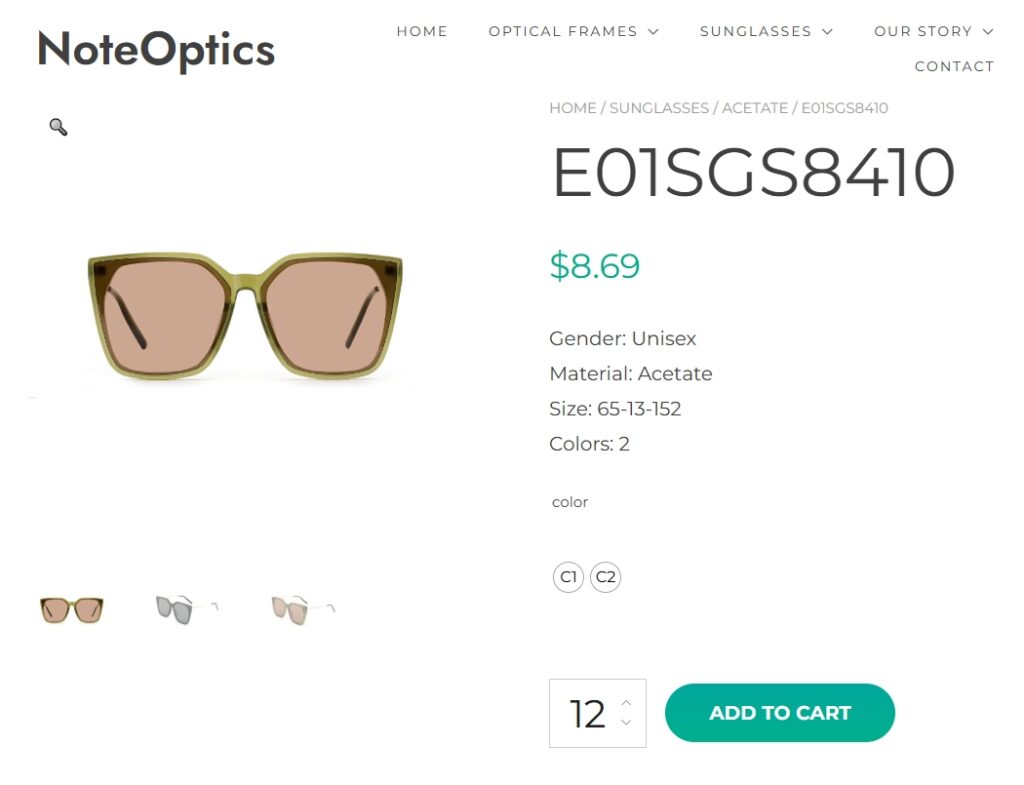
6. Cost
PC Frames:
Generally more affordable due to their simpler manufacturing process and material cost.
Acetate Frames:
Typically more expensive due to the higher quality material and the handcrafting often involved in creating complex designs.
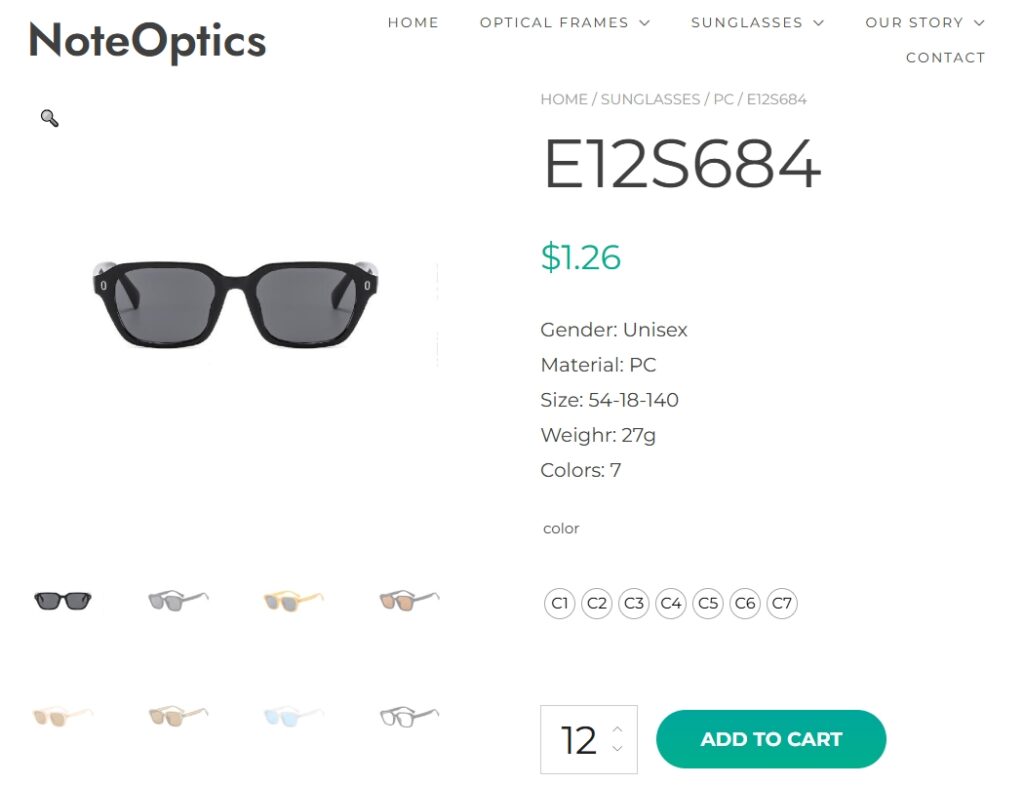
7. Eco-Friendliness
PC Frames:
PC is derived from petroleum, so it’s less environmentally friendly in terms of its production and recyclability.
Acetate Frames:
Acetate is a bio-plastic, made from renewable plant materials, making it more eco-friendly. Some acetate frames are biodegradable, depending on how they are manufactured.
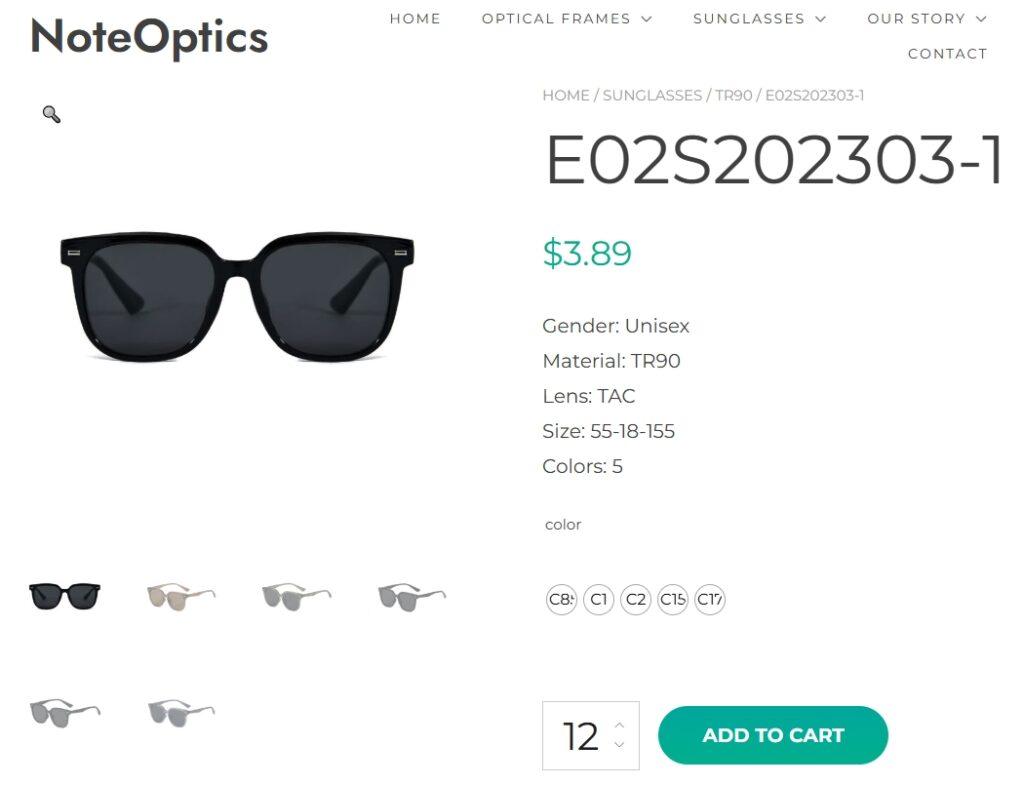
Summary:
PC Frames are lightweight, impact-resistant, and more affordable, making them ideal for active use, kids, and budget-conscious buyers.
Acetate Frames are known for their stylish, high-end appearance, vibrant designs, adjustability, and durability, though they are generally more expensive.
Both materials offer distinct benefits depending on the wearer’s lifestyle and aesthetic preferences.
Have Interest to Buy?
Contact:
Vinvin
+8618888646973
vinvin@noteoptics.com
